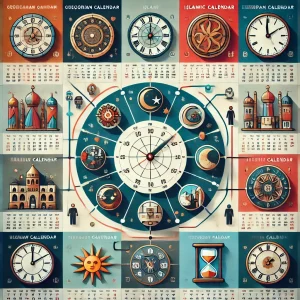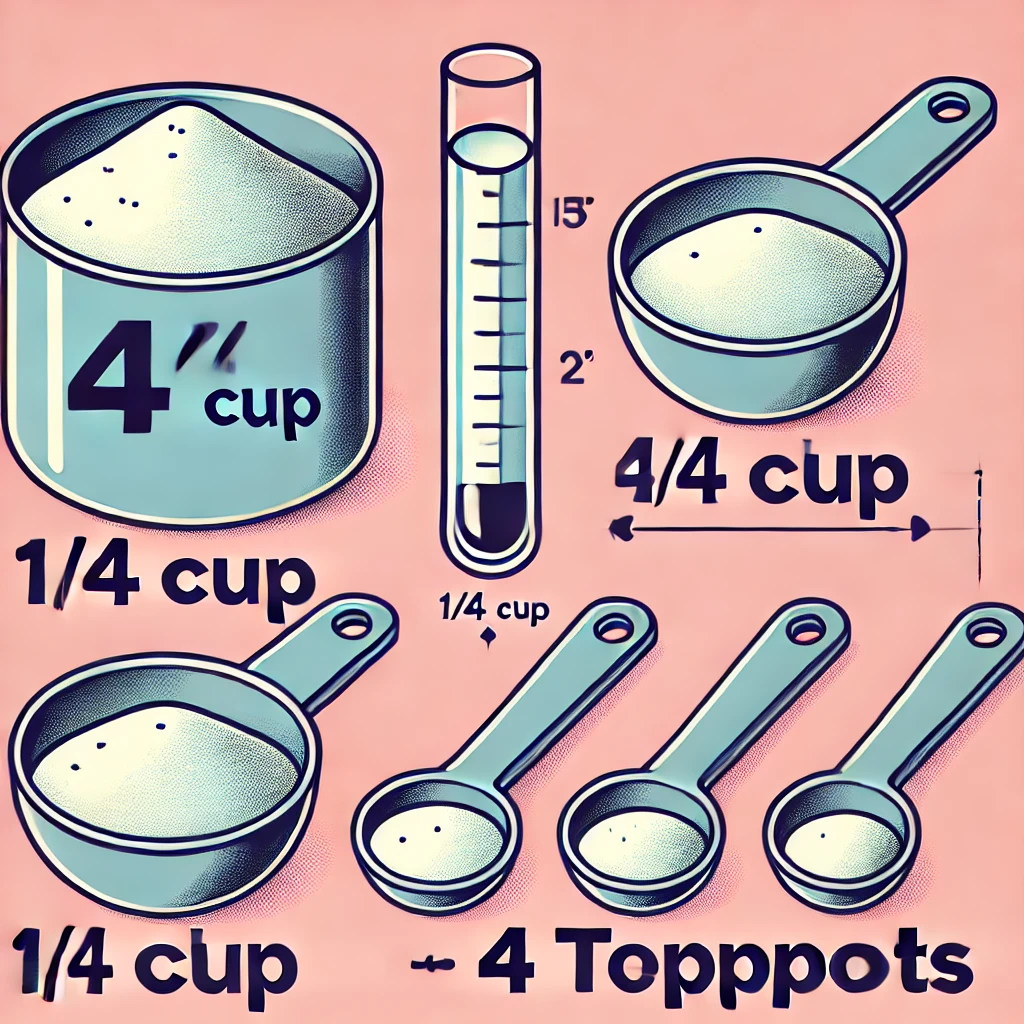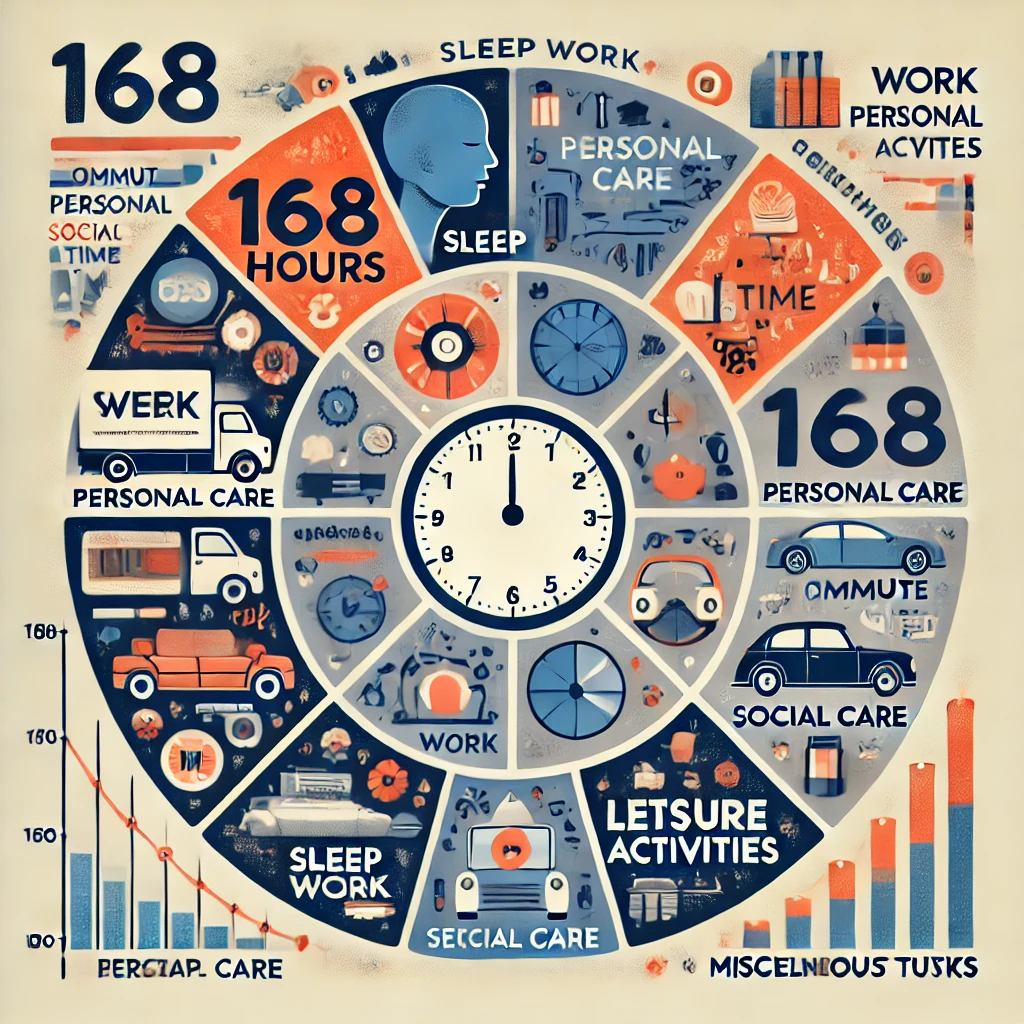How Many Minutes Are in a Single Year- Time is an essential part of our lives, governing everything from daily routines to long-term plans. Understanding time’s basic units and how they accumulate over periods can enhance our appreciation of this invaluable resource. In this article, we’ll delve into the number of minutes in a year, explore the impact of leap years, compare different calendar systems, and uncover some fascinating facts about time.
Key Takeaway
Summary of the Main Points Covered
- A standard year has 525,600 minutes, while a leap year has 527,040 minutes.
- Leap years are necessary to keep our calendar aligned with the Earth’s orbit.
- Different cultures and calendar systems offer unique perspectives on time.
Also Read: Weight Conversion Made Easy: How Many Ounces in a Pound?
The Basic Calculation

Explanation of the Fundamental Units of Time
Time is measured in seconds, minutes, and hours. These fundamental units are crucial for breaking down and understanding larger timeframes. A minute is comprised of 60 seconds, and an hour contains 60 minutes. Together, these units help us quantify and manage time effectively.
Breakdown of the Calculation
To determine the number of minutes in a year, we start with the number of minutes in an hour (60) and the number of hours in a day (24). Multiplying these gives us the total minutes in a day: 60 minutes/hour×24 hours/day=1,440 minutes/day60 \text{ minutes/hour} \times 24 \text{ hours/day} = 1,440 \text{ minutes/day}60 minutes/hour×24 hours/day=1,440 minutes/day Next, we calculate the total number of days in a year, which is typically 365 days. For leap years, this increases to 366 days.
Mathematical Calculation
For a standard year: 1,440 minutes/day×365 days/year=525,600 minutes/year1,440 \text{ minutes/day} \times 365 \text{ days/year} = 525,600 \text{ minutes/year}1,440 minutes/day×365 days/year=525,600 minutes/year For a leap year: 1,440 minutes/day×366 days/year=527,040 minutes/year1,440 \text{ minutes/day} \times 366 \text{ days/year} = 527,040 \text{ minutes/year}1,440 minutes/day×366 days/year=527,040 minutes/year
The Impact of Leap Years

Explanation of Leap Years and Why They Exist
Leap years are an adjustment to the calendar system to keep our timekeeping in alignment with the Earth’s revolutions around the sun. A year is approximately 365.25 days long, so every four years, an extra day is added to account for the additional quarter-day per year.
Historical Context and the Gregorian Calendar
The Gregorian calendar, introduced by Pope Gregory XIII in 1582, reformed the previous Julian calendar to better align with the solar year. This calendar introduced the concept of leap years to correct the drift between the calendar year and the astronomical year.
How Leap Years Affect the Total Minute Count in a Year
Leap years add an extra day (February 29) to the calendar, increasing the total number of minutes in that year. This adjustment ensures that our calendar remains synchronized with the Earth’s orbit around the sun, maintaining consistency over long periods.
Time in Different Calendars

Brief Comparison with Other Calendar Systems
Different cultures and societies have developed various calendar systems based on lunar, solar, or lunisolar cycles. The Islamic calendar, for instance, is purely lunar, resulting in shorter years compared to the Gregorian calendar. The Jewish calendar is lunisolar, adjusting months periodically to stay aligned with the seasons.
How Different Cultures and Systems Perceive and Calculate Time
Cultural perspectives on time vary significantly. Some cultures view time as cyclical, while others perceive it linearly. These differences influence how time is measured and valued in various societies.
Examples of Variations in Time Calculation Across Calendars
For example, the Islamic calendar consists of 12 lunar months, totaling approximately 354 or 355 days. The Ethiopian calendar has 13 months, with 12 months of 30 days and a 13th month of 5 or 6 days. These variations demonstrate the diverse approaches to timekeeping around the world.
Practical Implications
Why Knowing the Number of Minutes in a Year Matters
Understanding the number of minutes in a year can improve time management and planning. It helps in setting realistic goals, scheduling activities, and optimizing productivity.
Real-Life Applications
- Project Planning: Breaking down a project into minutes allows for precise time allocation and tracking.
- Scheduling: Accurate knowledge of time helps in setting appointments and managing daily tasks efficiently.
- Financial Calculations: Understanding time intervals is crucial for calculating interest rates, billing cycles, and other financial metrics.
Fun Facts and Trivia
Interesting Trivia About Time and Its Measurement
- The concept of a minute was first introduced by ancient Babylonians, who used a sexagesimal (base-60) system.
- The earliest known clock was created by the Egyptians around 1500 BC, using shadow clocks and sundials.
Famous Quotes or Cultural References About the Passage of Time
- “Time flies over us, but leaves its shadow behind.” – Nathaniel Hawthorne
- “The two most powerful warriors are patience and time.” – Leo Tolstoy
How Time is Perceived Differently Across Ages and Societies
- In some cultures, time is seen as a communal resource, with less emphasis on punctuality and more on the collective experience.
- Children often perceive time as passing more slowly compared to adults, who feel time accelerates with age.
Emphasis on the Importance of Understanding Time Calculations
Knowing how to calculate time can enhance productivity, improve planning, and provide a deeper appreciation for this precious resource.
Encouragement to Apply This Knowledge in Daily Life
By understanding the minutes in a year, individuals can better manage their time, set achievable goals, and make more informed decisions.
Understanding the number of minutes in a year highlights the vast amount of time available and the potential for using it wisely.
Time is a continuous, invaluable resource that shapes our lives. Recognizing its structure and appreciating its passage can inspire more mindful and effective use of every minute.



